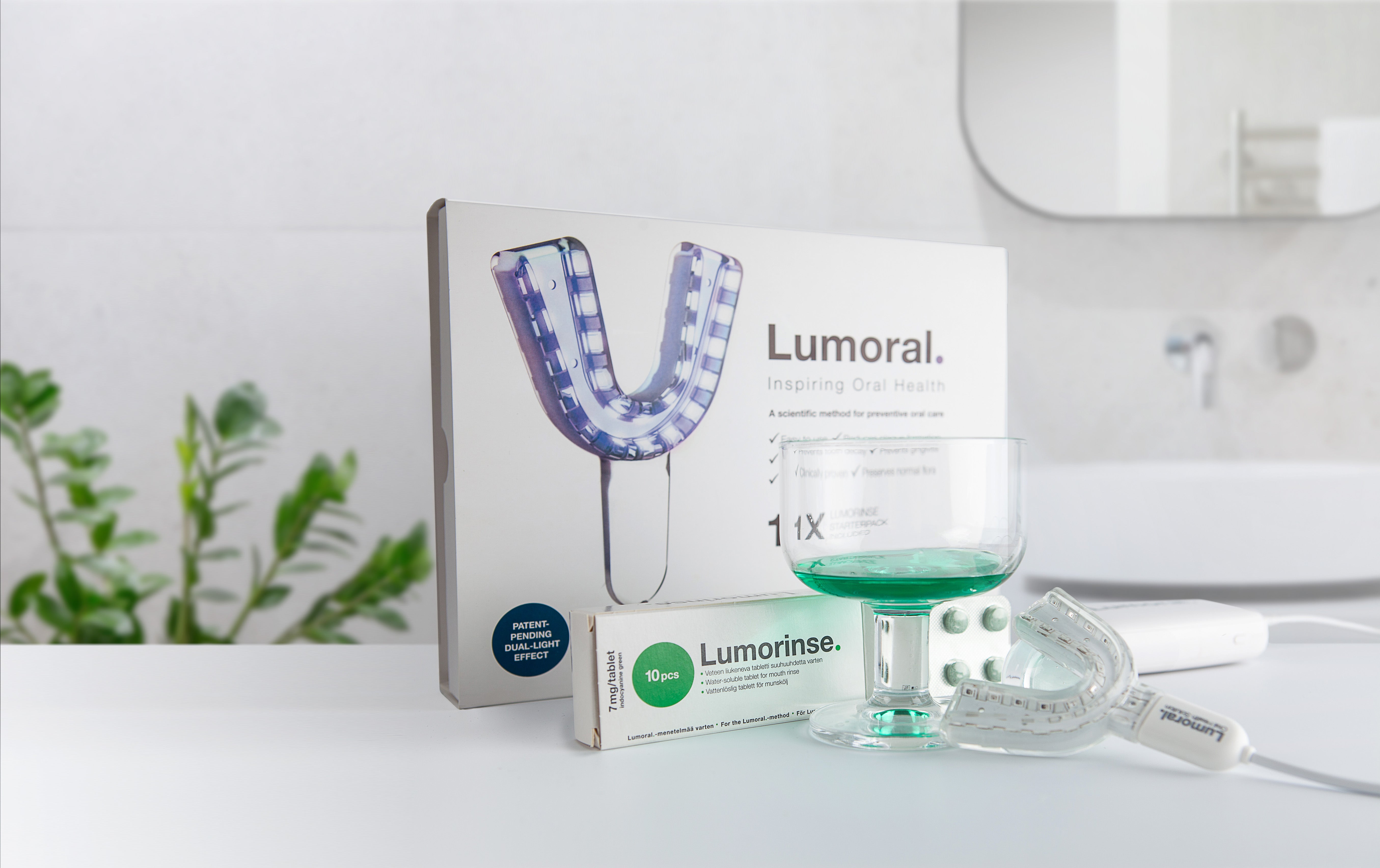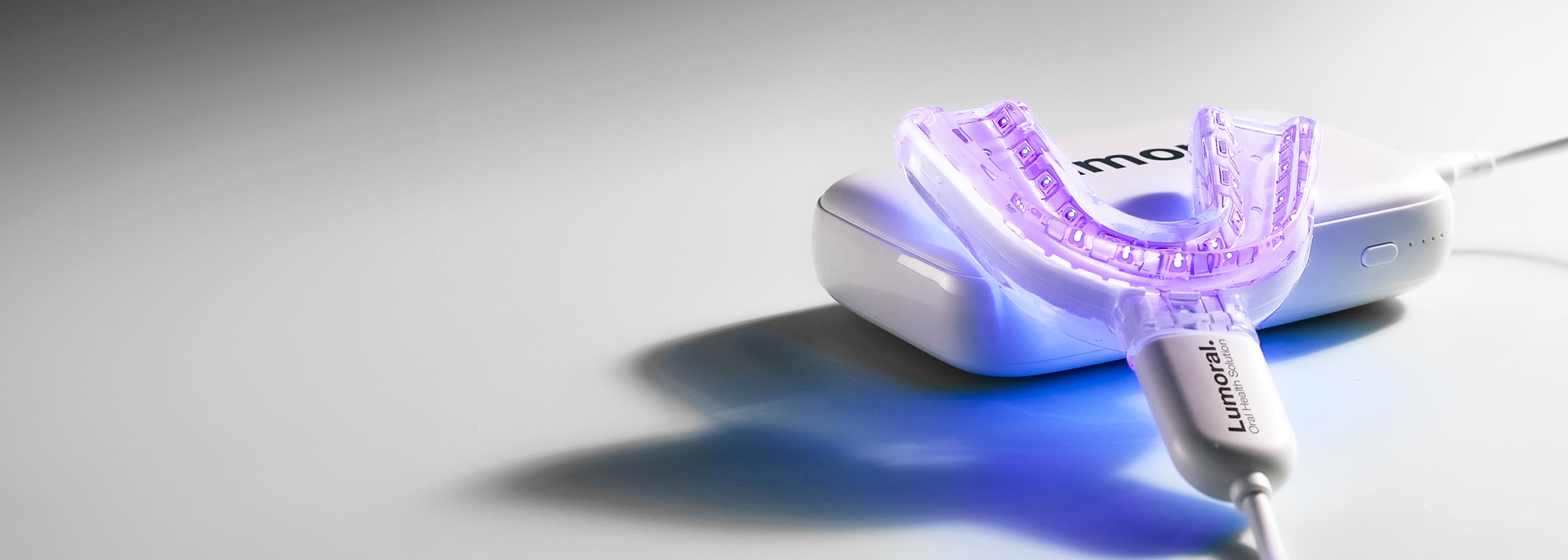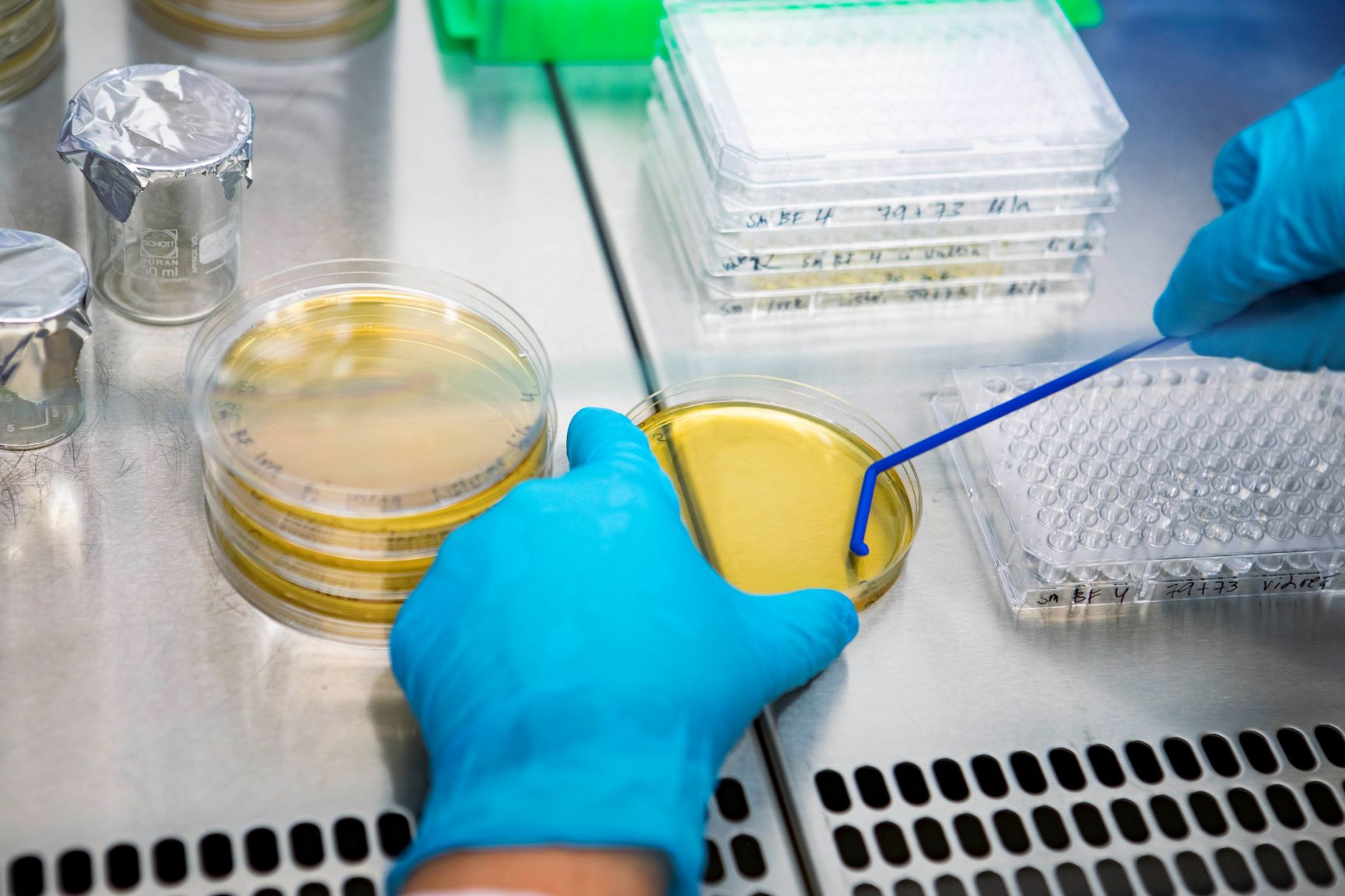
Sakari Nikinmaa, Anna Podonyi, Peter Raivio, Jukka Meurman, Timo Sorsa, Juha Rantala, Esko Kankuri, Tuomas Tauriainen and Tommi Pätilä
Antibiotics 2021, 10, 1240. https:// doi.org/10.3390/antibiotics10101240
Abstract
New means to reduce excessive antibiotic use are urgently needed. This study tested dual-light aPDT against Staphylococcus aureus biofilm with different relative ratios of light energy with indocyanine green. We applied single-light aPDT (810 nm aPDT, 405 aBL) or dual-light aPDT (simultaneous 810 nm aPDT and 405 nm aBL), in both cases, together with the ICG photosensitizer with constant energy of 100 or 200 J/cm2 . Single-dose light exposures were given after one-day, three-day, or six-day biofilm incubations. A repeated daily dose of identical light energy was applied during biofilm incubations for the three- and six-day biofilms. Using 100 J/cm2 light energy against the one-day biofilm, the dual-light aPDT consisting of more than half of aBL was the most effective. On a three-day maturated biofilm, single-dose exposure to aPDT or dual-light aPDT was more effective than aBL alone. With total light energy of 200 J/cm2 , all dual-light treatments were effective. Dual-light aPDT improves the bactericidal effect on Staphylococcus aureus biofilm compared to aPDT or aBL and provides a sustained effect. An increase in the relative ratio of aBL strengthens the antibacterial effect, mainly when the treatment is repeatedly applied. Thus, the light components’ energy ratio is essential with dual-light.



